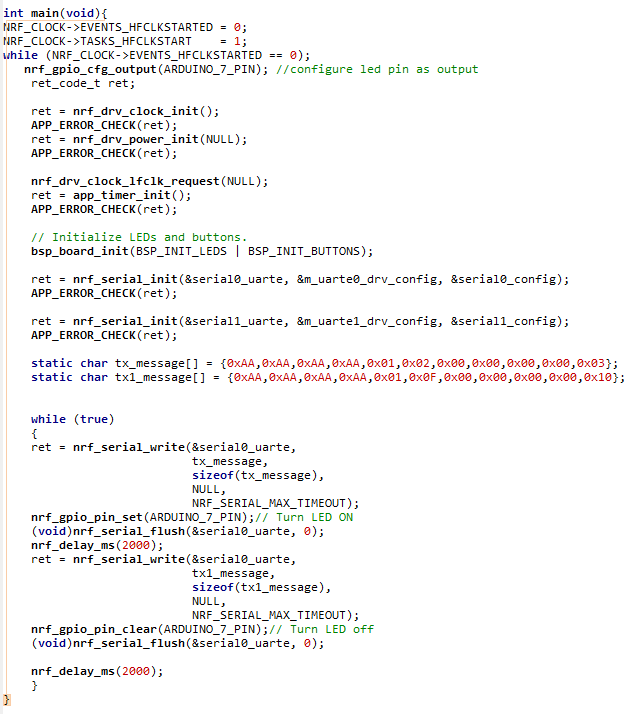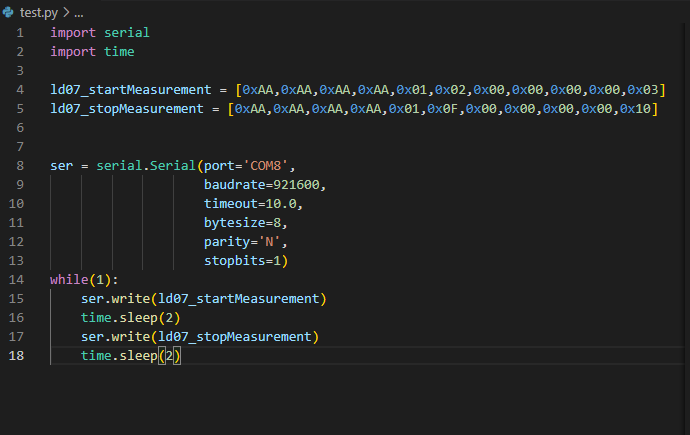I’m using the nRF52840DK to communicate with a module over uart. My problem is that the module has a baud rate of 921600 and as far as my understanding the nRF52840 is using a baud rate of 941176 when set to 921600. This leads to my commands (13 bytes) only works around 10-20% of the times, and the data received is not as expected (startbytes etc.).
I have tried using nrf_serial_flush as well but then nothing works. Also tried setting the baud rate manually without succeeding.
Any tips?






